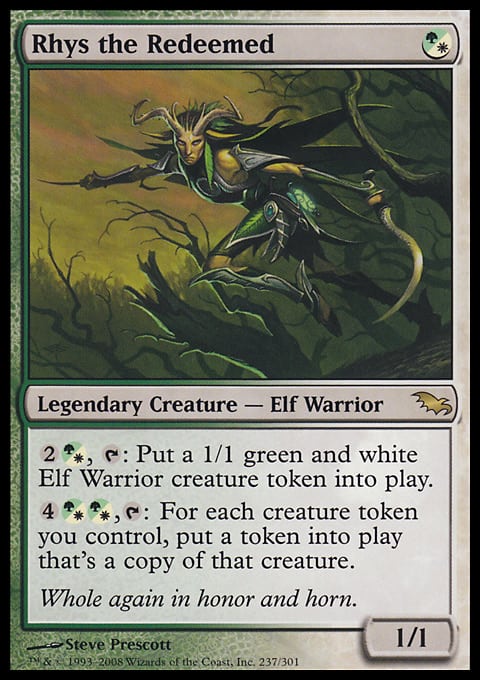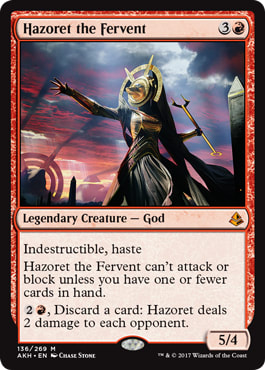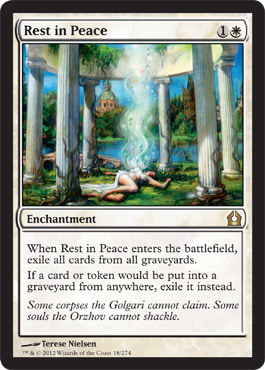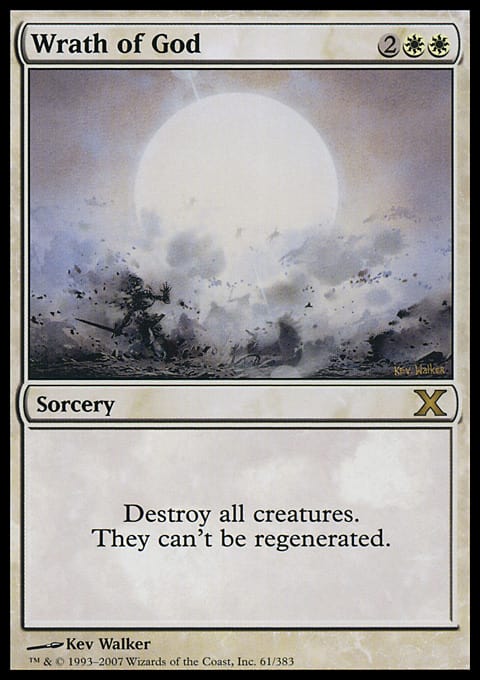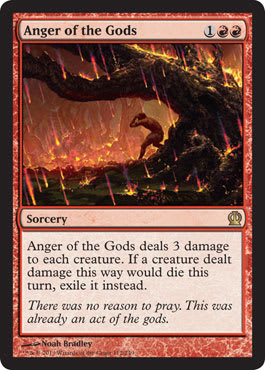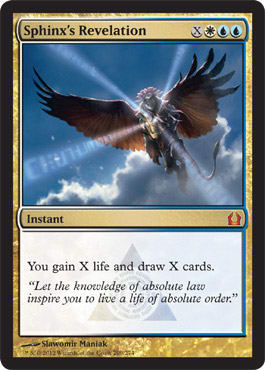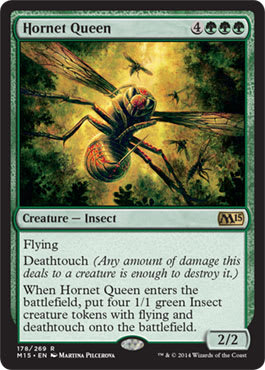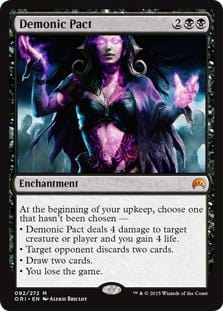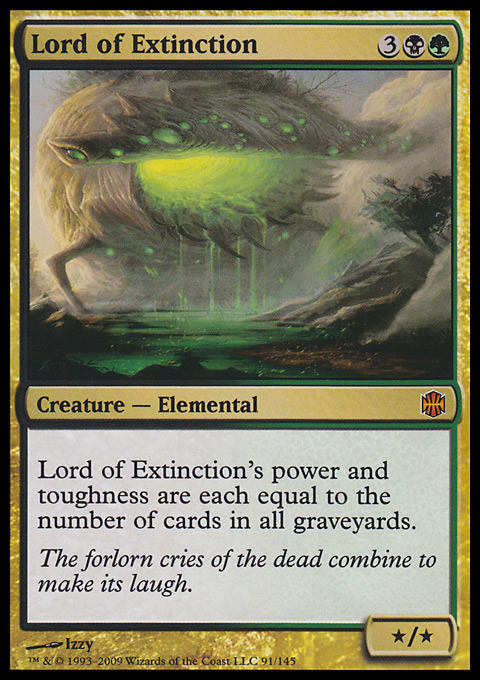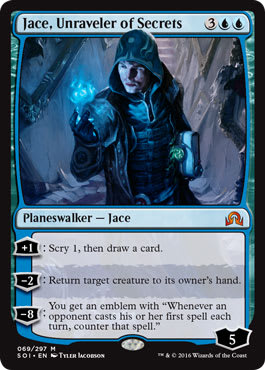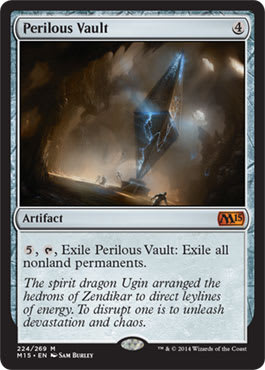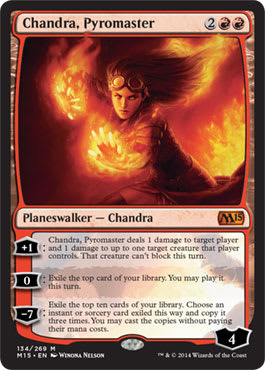While MTG Arena has been hugely successful and honestly one of the best things to happen to Magic in the history of the game, it hasn't always been smooth sailing. After 20 years of paper Magic dictating how cards and sets are released, the transition to online-only MTG Arena-based sets has been a rocky one.
The Historic format is an important part of the MTG Arena equation, but frankly a confusing one as well. With cards entering the format via special "Anthology" sets, special releases like Jumpstart, remastered collections of old sets like Amonkhet Remastered, special Brawl event cards, and of course Standard sets that have rotated out, it can be hard to keep track of what is actually legal.
This makes the "new" Amonkhet Remastered set a somewhat perplexing experience.
Sure, there are many of the classic cards we remember being hallmarks of that Standard format like Hazoret and The Scarab God, but that's not all! Amonkhet Remastered will also feature a small subset of 14 reprints that are specifically not from the Amonkhet Block. These cards are all fairly impactful spells from across various sets that have been curated by Wizards of the Coast for Historic play and have some sort of loose connection to Amonkhet. Quickening the pace that older cards enter MTG Arena while also providing additional value to a set of old cards that aren't guaranteed to make an impact isn't a bad goal, despite feeling a bit off.
Regardless these cards are here for Historic now, so let's go over the ones most likely to make an impact!
The introduction of Thoughtseize to Historic is one of the biggest turning points the format has ever seen.
Thoughtseize was a defining feature of the format both times it was in Standard, as well as a major player in Modern and a key piece of Legacy. Since the inception of Pioneer, Thoughtseize has been perhaps the most commonly played card in the format. Any format's most potent piece of disruption ends up being a cornerstone of the format and Thoughtseize fits that pillar in Pioneer. I see little reason why this wouldn't be true in Historic as well.
Right now, Historic is a bit of a "do your own thing" sort of format. Your deck has a plan and you work to achieve that plan. This is mostly because the interactive elements of the format are lacking compared to the power level of things you can do, so it's better to just do your thing and do it well. Thoughtseize helps to unseat that notion and allow interactive decks to have a much better chance starting as early as turn one.
Make no mistake, this is the most important and impactful card in Amonkhet Remastered.
Another bit of a headscratcher when viewed in the context of Amonkhet, Collected Company is another exceedingly powerful card that is being added to the Historic Format. Collected Company and I go way back, and I've often said before that Collected Company is capable of making any pile of creatures at least playable because of the raw power level it provides. With the card being a Modern staple, it stands to make big waves in Historic as well.
While it is a fundamentally different card than Thoughtseize, Collected Company stands to have a similar effect of making fair strategies more interactive and less linear. Collected Company decks aren't going to be fast enough to stand up to the best Mono-Red Goblins or White Auras draws, so they will need to find the right mix of interactive creatures and elements to win.
This feels like another win for the format.
Collected Company is a fun, exciting, and powerful card that never does anything too quickly or unfairly. It encourages creatures and interaction while giving a home to creatures that might be a little too weak to see play on their own. It also has the potential to fit into a number of different types of decks. This is a very exciting addition to the format!
Good graveyard hate is a hallmark of eternal formats. When card pools get large the amount of broken things you can do increases, and we've seen quite the number of graveyard based decks over the years that seemingly break the rules of Magic.
Historic already has Tormod's Crypt, Grafdigger's Cage, and Leyline of the Void, and now perhaps the best of the bunch in Rest in Peace gets added to the equation. It's not a super exciting addition in the sense that nobody is going to build a Rest in Peace deck, but it is a very notable card that must be respected when you are in the deck-building process.
While Kaya's Wrath and Shatter the Sky currently exist in Historic, Wrath of God comes in as the clear best mass removal spell in the format. This is a big gain for control decks, despite Teferi, Time Raveler leaving the format. Wrath of God is another notch in the cap for fair decks in Historic. It also pushes creatures decks more towards having some form of interaction, lest they get blown out by a turn four Wrath of God.
There's really not too much to analyze here. The original mass removal spell is a great one, and if your deck needs that effect now it can have it.
Speaking of mass removal, Modern sideboard staple Anger of the Gods also enters the Historic format. While there's a certain level of humor at this being added into a set that already has Sweltering Suns, Anger of the Gods is a major addition for Historic.
We already have a similar effect in Deafening Clarion, but the exile clause on Anger of the Gods puts it on another level entirely. There are tons of creatures and death triggers that are good at resisting mass removal that fall to Anger of the Gods, as well as keeping things like Caldron Familiar and Gutterbones out of graveyards. Anger of the Gods is the graveyard hate spell that is already playable without the graveyard clause, which is a huge gain.
While some decks may want to maindeck it, for the most part Anger of the Gods is a sideboard card. However, it is a HUGE sideboard card with major implications across many present and future matchups. Anger of the Gods puts Cry of the Carnarium to shame.
Perhaps the most perplexing card entering Historic is Pact of Negation.
Pact of Negation is most often seen in decks that have no intention of paying its upkeep cost. This usually means combo decks that use it to defend the combo the turn they go off, not exactly the healthiest profile for a Magic card. Thankfully, Historic doesn't really have any of the truly broken combo potential that Legacy or Modern does, meaning Pact of Negation probably isn't going to do too much. It's cute alongside a Gideon of the Trials emblem, but that particular pairing isn't really powerful or consistent enough to be worth building around.
There may come a point where Pact of Negation becomes more important (and annoying), but that time is likely in the future.
Another classic, over-the-top control card, Sphinx's Revelation has seen very mild play in Modern after being a staple during it's time in Standard. It's a somewhat clunky card, it is a great tool for control decks looking to stabilize and put the game away. Bant decks playing Growth Spiral and Hour of Promise will probably love the card, as will more traditional control decks.
The major competition here is Teferi, Hero of Dominaria, which fulfills a similar card advantage role at a cheaper cost while also providing removal and a win condition. Sphinx's Revelation also never had to deal with Mystical Dispute, a very popular sideboard card.
Sphinx's Revelation is a sweet card, but likely to only be a fringe player.
Hornet Queen is a very interesting Magic card.
In a lot of ways, Hornet Queen is fairly underwhelming. Seven difficult mana gets you only six total power, with toughness small enough that something like Pyroclasm or Anger of the Gods can clean it all up. You've spent seven mana, and you don't win the game or have a profound impact on the board. However, if your opponent is trying to attack you, Hornet Queen may as well be a Plague Wind. The evasive bodies can help to pressure planeswalkers or your opponent, while making it impossible for your opponent to attack unless they have a huge and expendable board.
While it is true that you can spend one more mana to get Ugin, the Spirit Dragon, there are certainly going to be scenarios where Hornet Queen is playable. Whether it's as a tutor target or being cast off of Castle Garenbrig, Hornet Queen will see some amount of play.
Demonic Pact has always been a fun card, but it did see a decent amount of play in Standard when legal. The payoff for four mana is very high, but the risks are obvious.
However, Demonic Pact never got to play with Yorion, Sky Nomad or Doom Foretold! There have been a few Doom Foretold decks, some with Yorion some without, that have been focused around creating value using permanents you want to get rid of like Treacherous Blessing. Well if you can get rid of Treacherous Blessing, why not get rid of Demonic Pact instead? Or maybe both?
Demonic Pact is a card that gets better as the card pool widens, while being exactly the kind of card that Thoughtseize can help prop up as well. Demonic Pact is the very interesting sleeper card of Amonkhet Remastered.
The remaining new cards are unlikely to see much play, as there are usually better alternatives.
Regardless, we are treading new ground here with Amonkhet Remastered. Historic is gaining new cards very quickly, and with Wizards of the Coast curating the specifically powerful ones into the format directly via these Remastered interjections and anthologies, the format is going to be a quickly changing one. Given the rate that Standard has gotten stale of the last few years, this is probably a good thing.
Seeing how the first big Historic tournaments go is going to be very interesting!













